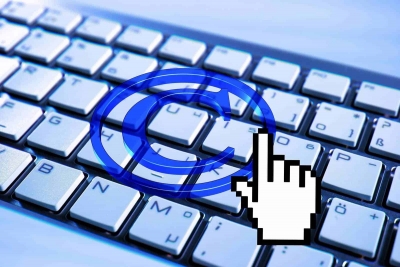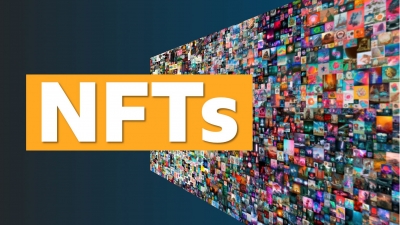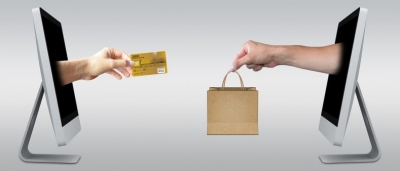
The Internet is filled with a plethora of content. Many of us as students, surf the Internet for reference for our project work. While referring to content online and curating it for ones project work is perfectly fine, many students copy paste the content as is. This amounts to plagiarism, which is considered a form of copyright infringement.
As students, we may be plagiarising content without realising it because not many are aware about the seriousness of it. You might be plagiarising content if you: -
- Copy-paste paragraphs from an article online and pass it off as your own.
- Copy-paste images from articles or Google Search for an image and use it in your project work.
- Use a song or music track in your personal work.
- Use a footage from someone's video for your video or download a random video from sites such as YouTube or Vimeo and use it in your work.
These are just a few common ways in which plagiarism of content takes place. Plagiarism is a strict violation of copyright and based on the seriousness of the infringement, the degree of punishment can vary from a hefty fine to imprisonment.
What is Copyright?
Copyright is a form of intellectual property. It is a legal right created by the law to protect original creations and creators. When a person creates original content, he or she is entitled to have copyright over it and any form of recreation or distribution of their work can be done only with permission.
Copyrights are usually given for books, paintings, music sculpture, computer programs, films, databases and advertisements among others. Copyright in India is governed by The Copyright Act, 1957 which has been amended six times, the most recent being in 2012.
Copyright lasts only for a period of time, and this varies according to the country and other rules laid down in the copyright law.
How to use online content?
So, can you use content from the Internet without plagiarising? Yes, you can. Here are a few ways you can use online content without copyright infringement
Text: You can refer to any article online, but when you want to use content from the article, paraphrase it and write. For example, if an article states "Scientists believe the Mount Everest to be the tallest mountain in the world", you can rephrase it as "Mount Everest is thought to be the tallest mountain in the world according to scientists."
Alternatively, if you are using a quote from an article, you can credit the person who has given the quote as well as credit the article or the source from which you have taken the quote. If it is an online submission, you can even hyperlink the source for the quote.
- Images: When using Google Images, key in your concept and hit enter. Next to the Images, Maps, News tab, you can see "Settings' and Tools Select Tools, click on Usage rights' and choose Creative Commons Licences. This will filter out images that are bound by copyright and display the ones you can use without any credit line or attribution.
There are also several sites online that stock images you can use for free. These include Pixabay and Freelmages.
- Music: Sites such as Bensound, YouTube and SoundCloud offer you royalty free music tracks that you can use in your projects. If you really have to use a track that is copyrighted, identify the owner, write to them and get their permission in writing
- Video: Same as images, sites such as Pixabay, Pexels and Coverr offer you free video footages that can be used in your personal work.
No matter what, try and give credit to original creators wherever possible to avoid any kind of serious copyright violation.
Picture Credit : Google



